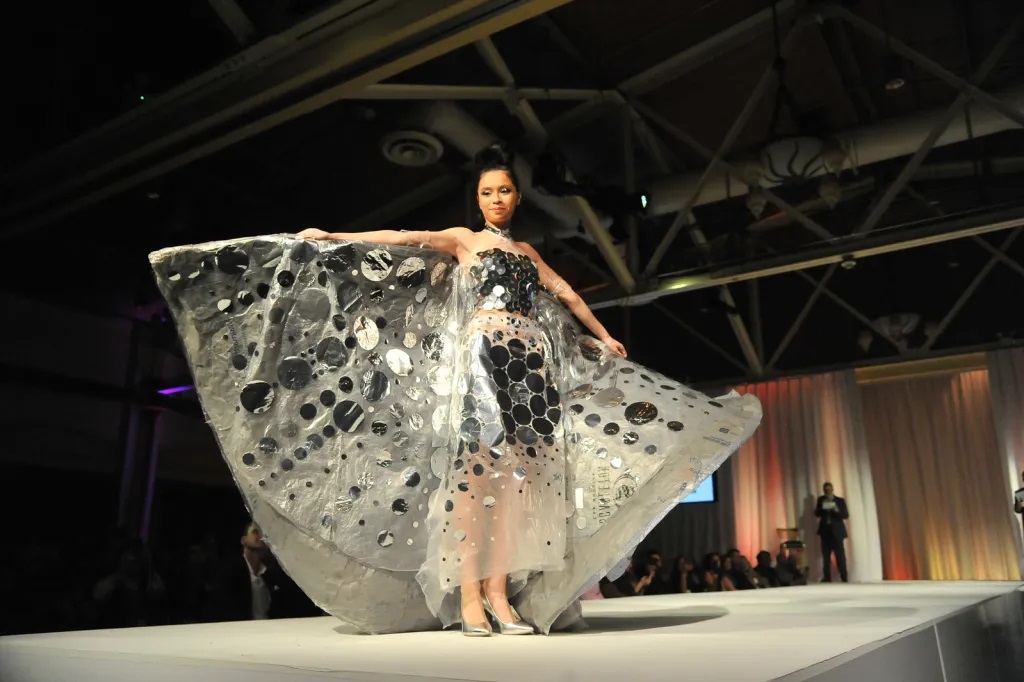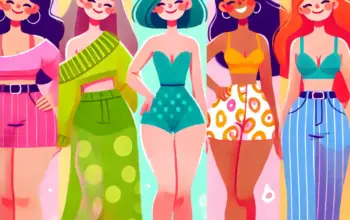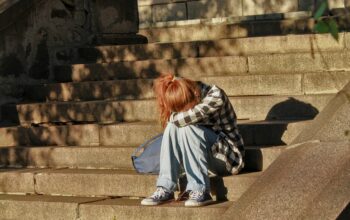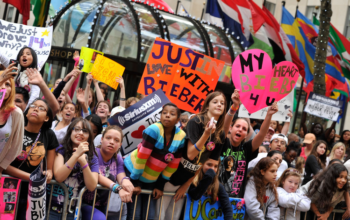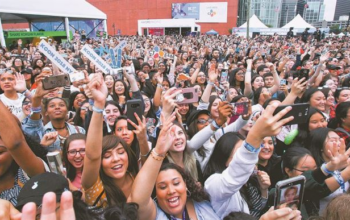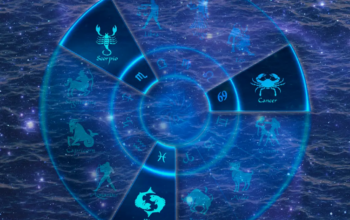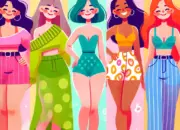Uzone.id — Imagine turning old plastic bottles, discarded fabrics, and random junk into stylish, wearable fashion. That’s what we call Trashion or Trash Fashion. Just like art, Trashion proves that fashion and style have no boundaries.
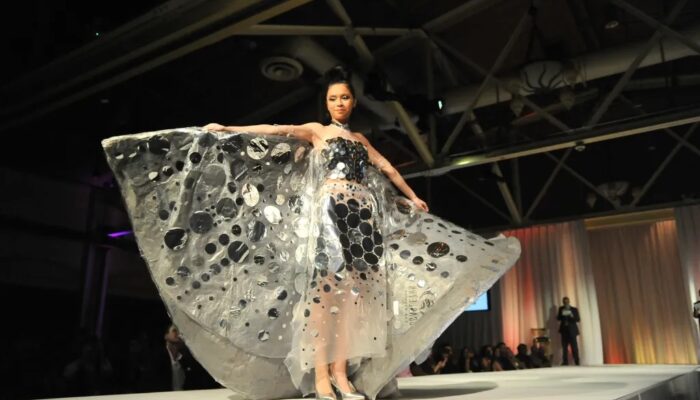
Lately, trash fashion designers are gaining popularity! They’re challenging the norms by turning discarded items into wearable art. By transforming what many would consider waste into stylish creations, they’re incredibly revolutionizing the fashion industry.
And, honestly, it’s becoming a whole new trend!
Why Trash Fashion? Well, the Earth–human and planet—needs it!
Fashion is one of the most polluting industries in the world. According to the United Nations, the fashion industry is responsible for 10% of global carbon emissions and is the second-largest consumer of water.
With climate change and environmental crises getting worse, people are finally starting to realize the cost of fast fashion. And that’s where trash fashion comes in, this trend is offering a fresh and sustainable alternative that we’re looking for.
It’s like killing two birds with one stone, you get the fresh fashion style while supporting the go-green agenda. Bonus, you take part in supporting the reduction of plastic waste.
So, what is Trash Fashion we’re talking about?
This new fashion wave is known as a combination of Trash and Fashion. Trash fashion, also known as upcycled fashion, is all about using discarded materials to create new clothing and accessories.
This term was first coined in New Zealand in 2004 to refer to clothing and accessories made from materials that would not conventionally be used for this purpose.
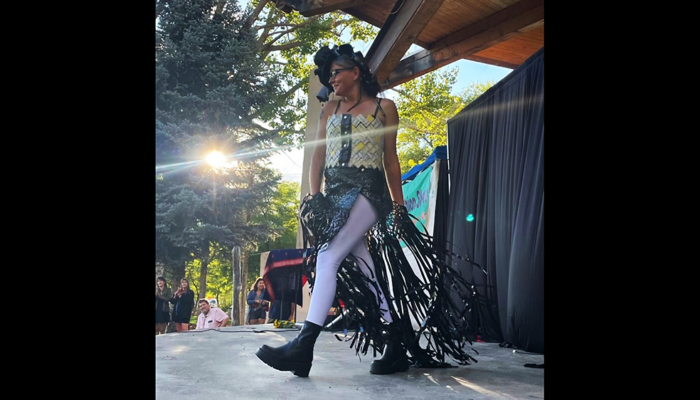
According to a study by the Ellen MacArthur Foundation, every second, the equivalent of a garbage truck full of clothes is burned or sent to landfills. Designers are aiming to change that through trash fashion.
“Every object has a life which ends when it is thrown away. ‘Trashion’ is one of the ways we can extend the lives of these objects. In choosing to continue the life of ‘trash’ or ‘useless’ objects, we are encouraged to consider how items can be multifunctional and prevented from becoming waste,” said Bahar Emgin, Professor at the IZTECH Faculty of Architecture.
This fashion can include anything from old clothes, plastic bags, broken zippers, or even electronic waste. Designers find creative ways to repurpose these items, often making one-of-a-kind pieces that are both eco-friendly and fashionable.
The designers leading the charge
There’s a growing number of trash fashion designers who are proving that sustainability doesn’t have to be boring and they’re leading this trend–and market through their works.
Let’s take a look at Marine Serre. She’s known for her futuristic designs, Marine often uses recycled materials like old curtains and car seat covers to create her high-fashion pieces. Her trash fashion is highly admirable, even being worn by Beyoncé and Kylie Jenner.
Then, there’s Bethany Williams. She’s a designer with a special mission. Bethany creates sustainable clothing while also addressing social issues. She works with local charities to source materials, transforming waste into wearable art
“Designers like Marine Serre and Bethany Williams are showing that fashion doesn’t have to choose between style and sustainability. You can be conscious and still slay,” said Ava Molina, a journalist from the Industry: Fashion.
How is Gen Z responding? Are they joining?
Gen Z is totally into the trash fashion movement. Why? Because they care about the planet and love unique, stand-out pieces. Fast fashion might still be popular, but more and more young people are choosing thrift shopping, upcycled designs, and sustainable brands over mass-produced trends.
According to a report by ThredUp, 40% of Gen Z shoppers prefer buying second-hand clothes over new ones. This shift is pushing big brands to rethink their practices and consider more eco-friendly options.
Another report from Forbes also stated that Generation Z shoppers prefer to buy sustainable brands, and they are most willing to spend 10 percent more on sustainable products.
The report also found that Generation Z along with Millennials are the most likely to make purchase decisions based on values and principles (personal, social, and environmental), which align with the concept of trash fashion.
Then, how do we get involved?
Want to hop on the trash fashion trend? You don’t have to be a designer to make a difference.
Thrift! Instead of buying brand-new clothes, hit up thrift stores or vintage shops. You’ll find unique pieces that no one else has.
Upcycle your clothes. Do you have an old T-shirt that you never wear? Turn it into something new! Cut it, sew it, add patches, then voila! It’s a brand new shirt without buying a new one.
Let’s support sustainable brands. There are tons of brands out there focusing on eco-friendly designs. Do a little research and support those making a positive impact.
Well, Trash fashion isn’t just a trend, it’s more like a movement. With more designers joining the cause and shoppers demanding sustainable options, we could be looking at a major shift in the fashion industry. As trash fashion continues to grow, it might just save the planet — and look good doing it.
In the end, fashion is all about self-expression, and what better way to express yourself than by wearing something that’s both stylish and eco-friendly? So, next time you’re looking for a fresh fit, consider trash fashion — because saving the planet has never looked this good.

